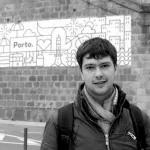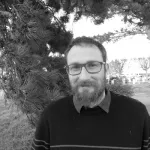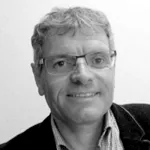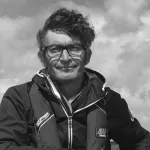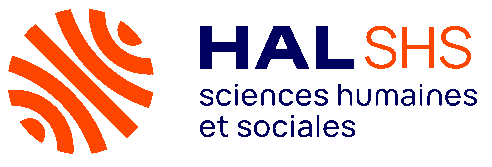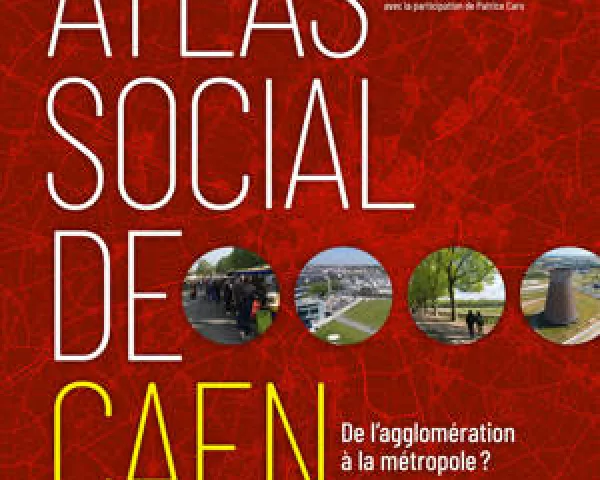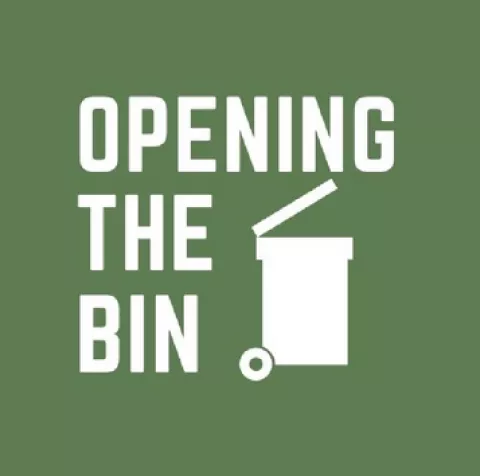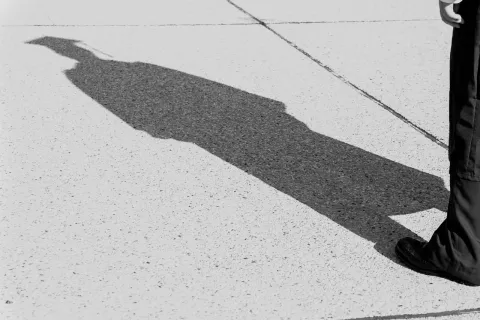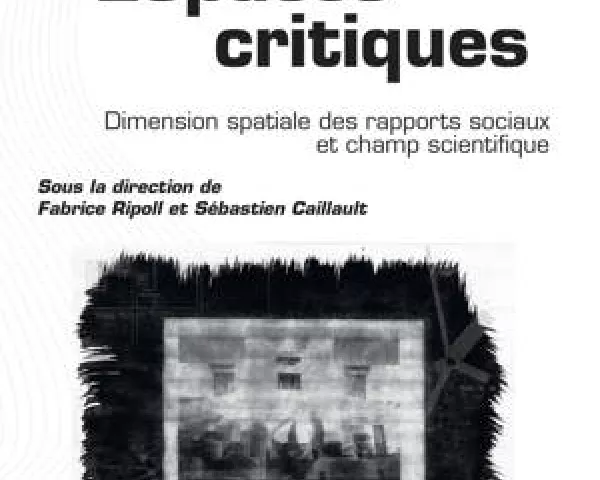Atlas de La Manche “Qu’on est loin des Amériques”: A Collaboration Between Photographers and Geographers
Quentin Brouard-Sala, Hervé Dez, Pablo Fernandez, Pierre Guillemin, Philippe Madeline, et al.. Atlas de La Manche/“Qu’on est loin des Amériques”: A Collaboration Between Photographers and Geographers. Contemporary Photography as Collaboration, Springer International Publishing, pp.219-237, 2024, 978-3-031-41443-5. ⟨10.1007/978-3-031-41444-2_12⟩. ⟨halshs-04449673⟩
Ce texte collectif vise à décrire et à recontextualiser une expérience qui s'est déroulée sur le territoire spécifique de la Normandie, en France, entre des géographes, des photographes et des résidents locaux, conduisant à la production d'un Atlas illustré de la Manche et à une série d'ateliers et une exposition intitulée "Qu'on est loin des Amériques". En tant qu'acteurs immergés dans différents "systèmes iconographiques" (Mendibil 2008), les participants ont été confrontés à des questions de production et d'utilisation d'images, à des questions de diffusion des connaissances académiques et à la réception de ces initiatives, tant par les habitants et les usagers des territoires concernés que par les institutions locales ou la presse régionale. Le chapitre aborde d'abord le rapport des géographes à l'image photographique d'un point de vue situé, et les pratiques en usage au sein de l'équipe de recherche Espaces & sociétés-Caen, replacées dans leur contexte académique. Il s'agit ensuite de situer les expériences et les parcours des photographes membres du collectif Tulipe Mobile, l'importance accordée à la " restitution des images " et au dialogue avec les sujets de leurs images. Le chapitre examine ensuite l'un des produits issus de la collaboration entre les deux groupes, l'Atlas de la Manche, sous l'angle de ce que l'œuvre contient et présente, en raison de la combinaison articulée des différents types d'images qui la composent.
This collective text aims to describe and re-contextualise an experiment which took place in the specific territory of Normandy, France, between geographers, photographers, and local residents, leading to the production of an illustrated Atlas de la Manche and a series of workshops and an exhibition entitled “Qu’on est loin des Amériques”. As actors immersed in different ‘iconographic systems’ (Mendibil 2008), participants faced issues of image production and use, issues of the dissemination of academic knowledge and the reception of these initiatives, both by the inhabitants and users of the territories concerned, and by local institutions or the regional press. The chapter first addresses the relationship between geographers and the photographic image from a situated viewpoint, and into the practices in use within the Espaces & sociétés-Caen research team, placed in their academic context. It then aims to situate the experiences and careers of the photographers who are members of the Tulipe Mobile collective, and the importance given to the ‘restitution of images’ and the dialogue with the subjects of their images. The chapter then examines one of the products resulting from the collaboration between the two groups, the Atlas de La Manche, in terms of what the work contains and presents, due to the articulated combination of the different types of images that compose it.
Avec les mêmes mots-clefs
Cartographie avec R - Introduction à la production de cartes statiques, de carte...
Atlas de La Manche “Qu’on est loin des Amériques”: A Collaboration Between Photo...
Les marathons en France (2/2) : les enjeux de la toponymie...
François Madoré
| Nantes
Stéphane Loret
| Nantes
